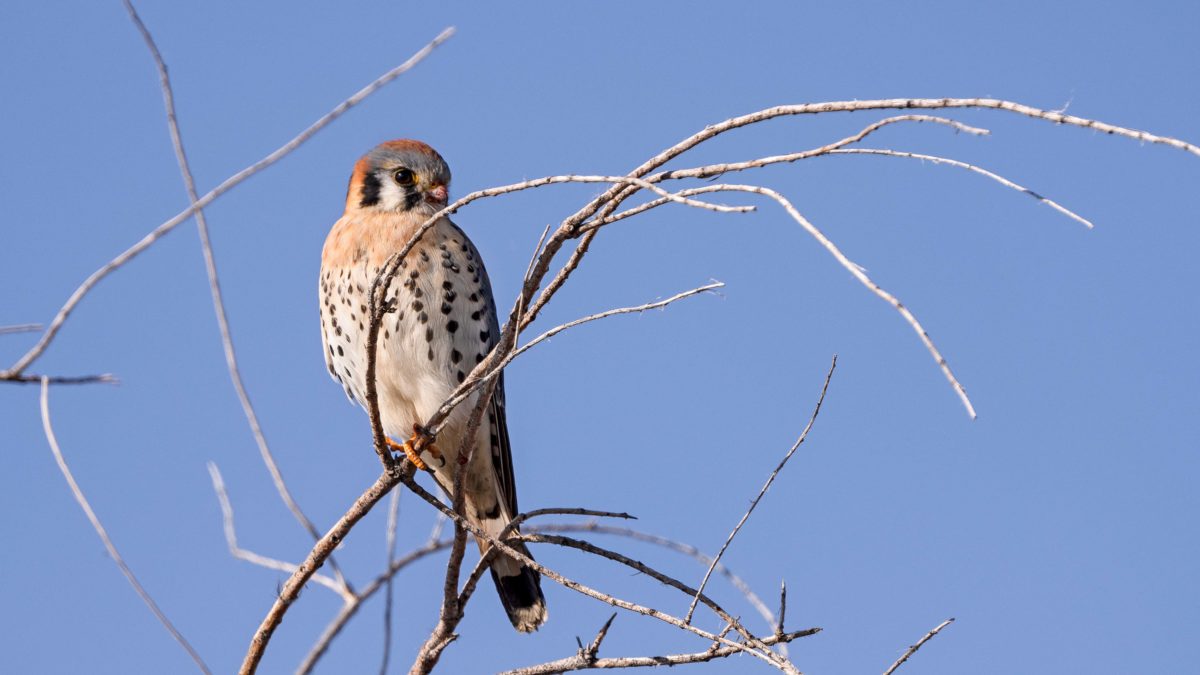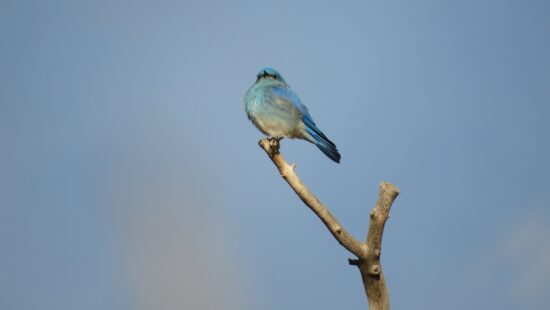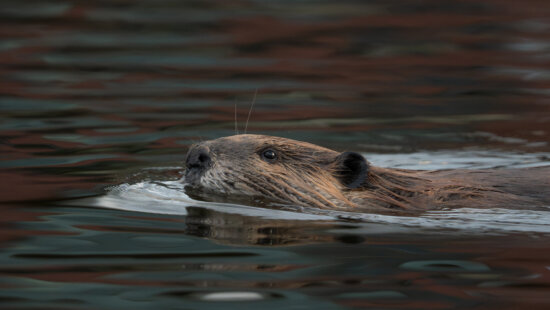Community
Storytime with Swaner: Birds of prey

An American Kestrel, the smallest North American Falcon and one of the smallest birds of prey in Utah. Photo: TownLift // Kevin Cody.
PARK CITY, Utah — Utah is home to 29 raptor species, including hawks, owls, eagles, falcons, osprey, and the turkey vulture. Their sizes vary greatly from Utah’s State Bird of Prey, the golden eagle, and the tiny burrowing owl. While not all can be found in Summit or Wasatch County, many can, with the Swaner Preserve being an ideal location.
Birds of prey fulfill the role of apex predators in many ecosystems, but their importance as an indicator species adds to their presence in an ecosystem. Like many top predators, their role is vital to the population control of species further down the food chain. A single-pair breeding pair of ferruginous hawks can prey upon 480 ground squirrels over the course of a summer while trying to feed their young. The preserve serves as a prime hunting area of more than 1,200 acres that various species use throughout the year. Many of their food sources, from other birds, small mammals, insects, and even garter snakes, thrive in the tall grasses and wetlands throughout the preserve.
A much sought-after bird by photographers and enthusiasts is the American Kestrel. Its colorful markings and small size, reaching a maximum length of around a foot, are unique among birds of prey. While tiny in size, they are known to be rather ferocious, garnering their other name, sparrow hawk, from their ability to capture sparrows and other similar-sized birds while in flight.
“One of my favorites is the American Kestrel which is the smallest North American Falcon, said Rhea Cone, conservation coordinator at Swaner Preserve and EcoCenter. We’ll see those all year on the preserve, typically on power lines or perched. In other places on the preserve, I always see them near the Swaner Barn, which is the white barn on the preserve, and along the power lines of SR 224, we have a couple of nest boxes for them that we monitor through the spring and summer through the nesting season. We also see a few different hawks species, such as the sharp-shinned hawks, cooper’s hawk, and red-tailed hawk, kind of on and off the preserve all year long.”
Each bird of prey species has traits that enable them to hunt effectively. A red-tailed hawk, for example, relies on the element of surprise enabled by their exceptional eyesight, which is eight times better than a human. These large birds can usually be seen perched on high areas where they better survey an area for food. While in flight, their large wings span around four feet wide, keeping them steady while hunting. Once located, they will dive down on their prey using their shark talons to grab hold.
During the winter, red-tailed hawks and other species have to counter the winter adaptions of their potential prey, such as a snowshoe hair whose coat turns white in the winter. When these birds dive down landings on the snow-covered ground, they sometimes leave imprints of their body and wings. The snow can also show the struggle to catch their prey in some cases.
As with all wildlife, locating them can be difficult when doing so on your own. Using apps such as iNaturalist, an app where users document observations of various organisms in nature, and talking to staff at the EcoCenter can help point you in the right direction. The preserve also offers guided tours, Saturday morning nature walks, moonlight snowshoe tours, and many other opportunities. For more information on upcoming events, visit the Swaner Preserve and EcoCenter website.



















